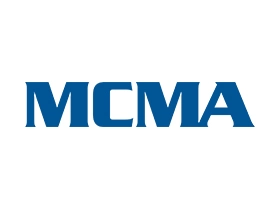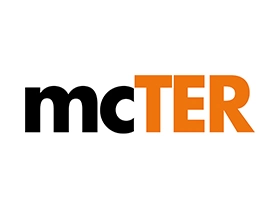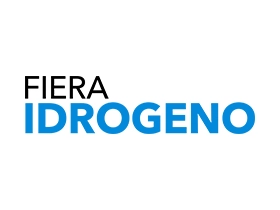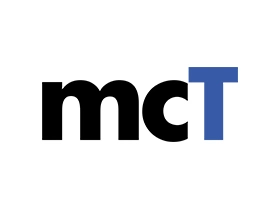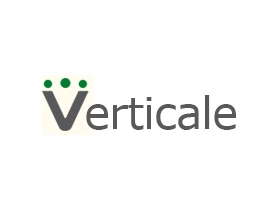Decarbonizzazione e Idrogeno
Il ruolo dell'idrogeno negli scenari nazionali di decarbonizzazione
Maria Gaeta - RSE - Ricerca sul Sistema Energetico
Sommario
(pdf in lingua inglese)
- The I-NECP according to the Fit for 55
- Input: Hydrogen Guidelines
- Analysis: Hydrogen Guidelines
- Input: National Recovery and Resilience Plan
- Input: Hydrogen role in meeting EU 2030 targets
- Main decarbonization pillars by 2030
- Hydrogen by 2030
- 2030 Road Vehicles fleet
- 2030 Other transport sectors
- 2030 Power Generation
- 2030 Demand - supply H2 profile
- Hydrogen pathways
The preliminary guidelines identify the opportunity for new hydrogen uses up to 200 kton in 2030 in:
- manufacturing industry
- trains
- trucks
By 2030, the emission reduction targets allow for a lower national demand for oil products -> consequently there will
be less production from refineries
- Assumption of constant export of oil products
- Not all the current fossil H2 can be replaced with green H2:
- in part it is obtained as a by product of production processes
- part of the CO2 produced in the SMR is used in downstream processes in the chemical sector
About 100 kton H2 is not convertible in green H2 by 2030
The penetration of hydrogen is accelerated by:
- NRRP
- Specific RES target of REDIII (2,6% of transport consumption and 50% of green H2 of total H2 consumption in Industry)
- GHG reduction
No blue hydrogen ? due to investments in NRRP electrolysers and the net zero emissions target by 2050
2030 Demand - supply H2 profil
- Surplus production in spring and early summer and shortages in other months.
- Producing green H2 with renewable overgeneration involves a need for seasonal storage for about ¼ of the hydrogen produced by 2030.
- The criticality is the actual availability of geological sites or in any case large storage systems.
- Without P2X on-grid, power system flexibility should be provided by storage system (batteries and hydropumping) ? 10 GW of
additional storage capacity
- manufacturing industry
- trains
- trucks
By 2030, the emission reduction targets allow for a lower national demand for oil products -> consequently there will
be less production from refineries
- Assumption of constant export of oil products
- Not all the current fossil H2 can be replaced with green H2:
- in part it is obtained as a by product of production processes
- part of the CO2 produced in the SMR is used in downstream processes in the chemical sector
About 100 kton H2 is not convertible in green H2 by 2030
The penetration of hydrogen is accelerated by:
- NRRP
- Specific RES target of REDIII (2,6% of transport consumption and 50% of green H2 of total H2 consumption in Industry)
- GHG reduction
No blue hydrogen ? due to investments in NRRP electrolysers and the net zero emissions target by 2050
2030 Demand - supply H2 profil
- Surplus production in spring and early summer and shortages in other months.
- Producing green H2 with renewable overgeneration involves a need for seasonal storage for about ¼ of the hydrogen produced by 2030.
- The criticality is the actual availability of geological sites or in any case large storage systems.
- Without P2X on-grid, power system flexibility should be provided by storage system (batteries and hydropumping) ? 10 GW of
additional storage capacity
Video
Fonte: Fiera Idrogeno ottobre 2022 L'idrogeno nel PNRR: strategie, spunti ed opportunità
Settori: Cambiamento climatico, Combustibili, Efficienza energetica industriale, GAS, Idrogeno, Rinnovabili
Mercati: Finanziamenti e Assicurazioni
Parole chiave: Fit for 55, Idrogeno
- mcT ATEX Antincendio
- MASE - Ministero dell'Ambiente e della Sicurezza Energetica
 English
English






















